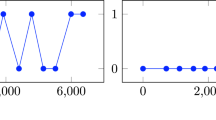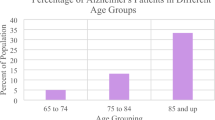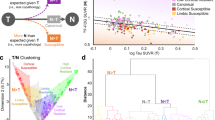Abstract
There is an urgent need for the early detection of diseases such as Alzheimer’s (AD) and Cancers in order to enable their successful treatment. Cancer is the second major cause of death after Heart Disease, and AD is the third major cause of death with major, human and financial/economics trillion dollar consequences for the society. Nuclear Medicine is concerned with applications in Medicine of Nuclear Science and Engineering techniques and knowledge. Three major Nuclear Medicine techniques that are established for diagnostic and research purposes are: Positron Emission Tomography (PET) and CAT/CT, Nuclear Magnetic Resonance Imaging (NMRI/MRI). However, these three techniques have also major limitations in terms of either cost or image resolution, as well as patient irradiation in the case of CAT/CT and PET. On the other hand, Near Infrared Chemical Imaging Microspectroscopy and certain Fluorescence spectroscopic techniques are capable of single cancer cell and/or single molecule detection and/or imaging. Such powerful capabilities, combined with low cost of diagnostics, make these novel techniques very attractive means for early detection of diseases such as cancer and Alzheimer’s, that are promising to reduce the fatality rate of patients through adequate diagnosis and treatment of such diseases at early stages.Currently NIH provides only inadequate funding for the clinical and research aspects of these novel investigation and clinical diagnostic techniques by FT-NIRS and Fluorescence spectrocopy for early detection of Alzheimer’s and Cancers.
Similar content being viewed by others
Article PDF
Author information
Authors and Affiliations
Corresponding author
Rights and permissions
About this article
Cite this article
Baianu, I. Early Diagnosis of Alzheimer's disease by NIRF Spectroscopy and Nuclear Medicine-v.4.0 . Nat Prec (2011). https://doi.org/10.1038/npre.2011.6273.1
Received:
Accepted:
Published:
DOI: https://doi.org/10.1038/npre.2011.6273.1
Keywords
- Alzheimer's disease
- Nuclear medicine
- FT-NIRS
- fluorescence spectroscopy and Imaging
- NIRFS
- NIH
- early detection of AD and cancer
- pharmacogenomics
- individualized and personalized AD and cancer therapy
- clinical and research NIRFS applications
- economical screening of populations for AD and cancers
- neuroscience
- A-beta and tau-protein aggregation
- PET
- MRI and CAT scanning
- Positron Emission tomography
- PIB labels in PET scanning
- protein aggregation
- microtubule transport system of the brain
- memory and orientation problems
- AD healthcare
- trillion dollar healthcare predictions



